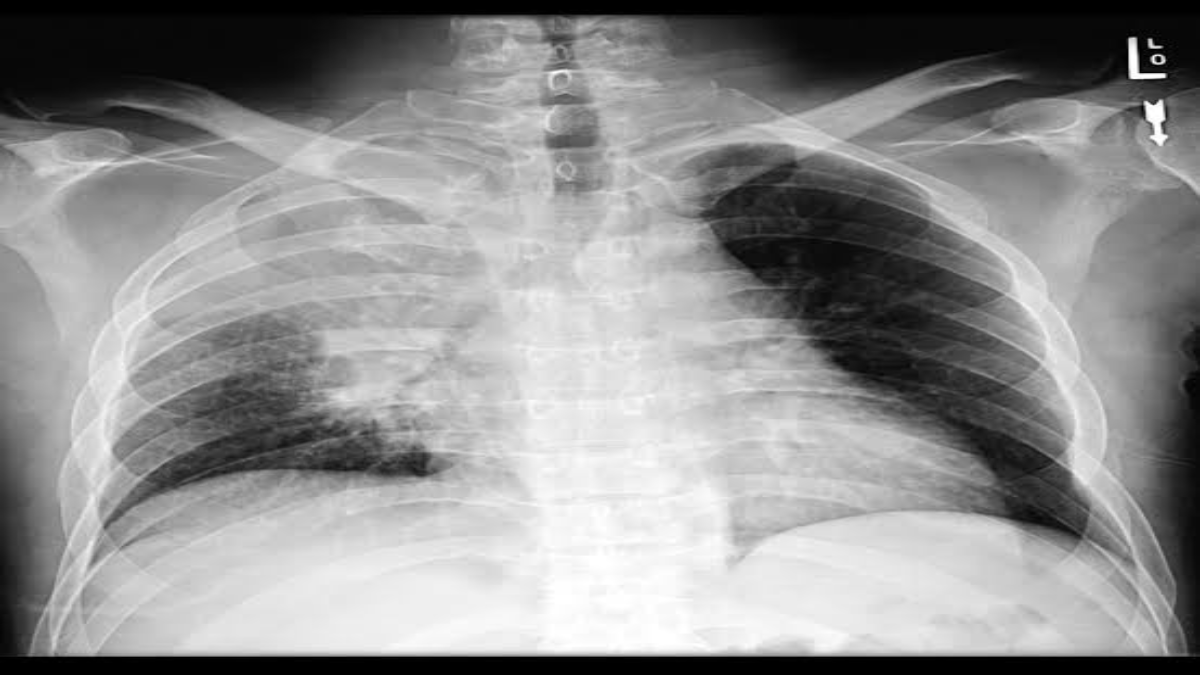Staying Safe Amidst the Wet: Athlete’s Foot


Undoubtedly, the most prominent climatic characteristic of the month of June in this part of the world is the humid condition that comes with it. The rainy season in Nigeria—typically lasting from April to October—brings an increased humidity level with an attendant variety of health concerns, including conditions like the athlete’s foot.
Athlete’s foot—also known as tinea pedis—stems from a contagious variant of ringworm that causes an itchy reddish sensation on the skin of the feet. It is particularly prevalent in the area between the little pinky toe and the fourth toe, but it is also known to affect the soles (where it is known as moccasin athlete foot), and top of the feet. The feet, when left untreated in this condition, develop flakes over time, form swollen blisters which may give rise to a foul odour.
Causes and Transmission
Athlete’s foot is caused by different variants of fungi and comes in different forms:
- Interdigital: This appears between the toes, often causing itching, burning, and scaling.
- Moccasin: Affects the sole of the foot, resembling a moccasin, causing dryness, scaling, and sometimes cracking.
- Vesicular: This is characterized by the formation of fluid-filled blisters, which can be itchy or painful.
- Ulcerative: This results in open sores or ulcers on the feet, which may ooze or become infected.
Fungi, in their nature, thrive in warm and humid environments. Consequently, the frequent use of tight socks and shoes creates enabling conditions for the fungi to grow and infect the feet. Everyone is susceptible to the fungal disease, but it is especially common in men, and the elderly. Factors that increase the likelihood of contracting the disease include:
- Poor blood circulation resulting from diabetes
- Warm sweaty feet
- A weakened immune system
- Obesity which can cause increased body heat and moisture around the feet
- A wound on the feet which could serve as a fungal infection entry point
Athlete’s foot is contagious and spread is mainly through skin contact with an infected person. It can also be contracted by coming in contact with an object infected by another person i.e. sharing personal items with an infected person increases the likelihood of getting the fungi.
Symptoms and Complications
The common symptoms of athlete’s foot disease include:
- Flaky skin
- Itchy, burning sensation
- Skin rashes
Athlete’s foot disease does not go away without treatment. As such, it is very crucial to consult a healthcare professional for advice and treatment options if you suspect you have the disease. When left untreated, it could also spread to other parts of the body. This is usually aided by bringing infected objects to the other body parts for example, bringing a towel used to clean the infected feet to clean the hands and other body parts. The nails could be infected, and are usually more difficult to treat. Jock itch could result; this is a case where an untreated case of athlete’s foot disease infects the groin area.
Prevention
Good hygiene practices and appropriate choice of footwear play a big role in preventing Athlete’s foot
- Keep your feet clean and dry: Since fungi typically thrive in warm and humid conditions, it is very crucial that you wash your feet daily with soap and water, and do well to dry them, especially between the toes.
- Change socks and shoes regularly: Moisture and warmth create an ideal environment for fungal growth, so wearing clean, dry socks and shoes can help prevent the spread of athlete’s foot.
- Wear breathable footwear: Opt for shoes made of breathable materials like leather or mesh to allow air circulation and reduce moisture buildup.
- Rotate your shoes: Give your shoes time to dry out completely between wears by rotating them regularly.
Treatment
Most cases of athlete’s foot are cured with the use of over-the-counter antifungal medications. These are available in various forms such as creams, sprays, powders, or lotions. Their common ingredients include clotrimazole, miconazole, and terbinafine.
Instructions are usually provided on the product packaging. It is important to stick to these instructions or apply them as directed by a healthcare professional. In the presence of persistent symptoms like itching, burning, or redness, or if over-the-counter treatments aren’t effective, it is crucial to see a doctor for a proper diagnosis and to be prescribed stronger medications if needed.
Athlete’s foot can be very unpleasant, but rarely leads to serious complications. Imbibing good practices like regularly washing your feet, rotating footwear often, and being careful while sharing objects with other people will go a long way in keeping athlete’s foot at bay in the rainy months to come. Stay healthy!
Boyede Boyejo

